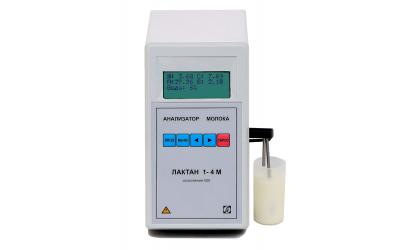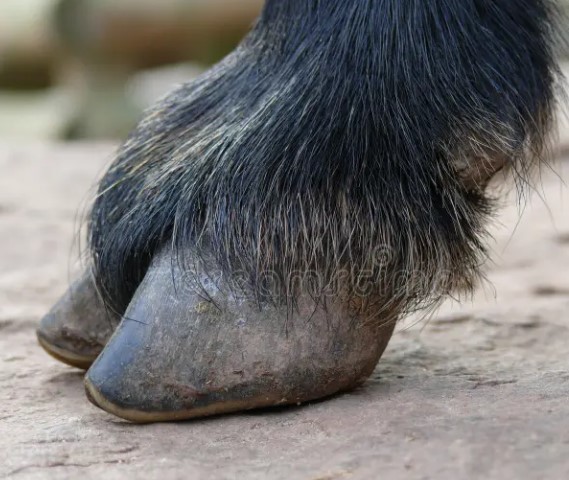Antibiotics in Chicken Meat: Safety, Regulation and Concern for Consumer Health

Photo is illustrative in nature. From open sources.
The use of antibiotics in poultry production, including chicken production, is a common practice aimed at maintaining HEALTH and preventing disease in flocks. However, this has raised public concerns regarding the safety of consuming MEAT containing antibiotics . Let's look at the main aspects of this topic.
1. The Reality of Using Antibiotics in Poultry Farming
Antibiotics are used in poultry farming to treat diseases, prevent infections and maintain the overall health of birds. This helps reduce disease rates and increase herd productivity.
2. Laws and Regulations
Most countries have strict laws and regulations governing the use of antibiotics in poultry production. These standards set maximum acceptable levels of antibiotic residues in meat.
3. Risks to Consumer Health
The main concern is the possibility of antibiotic resistance developing in humans when consuming meat with residues of these drugs. However, compliance with established standards ensures minimal risk to consumers.
4. Security Technologies
Modern technologies in poultry production allow us to more effectively control the use of antibiotics, monitor residue levels and ensure the safety of the final product.
5. Transparency and Consumer Information
Transparency in the supply chain and educating consumers about chicken production methods, including the use of antibiotics, are key factors in establishing consumer trust.
6. Alternative Approaches
Agricultural producers and researchers are working to find alternative methods of managing bird health, such as vaccinations , probiotics and other technologies aimed at reducing dependence on antibiotics.
7. Perspectives on Research and Innovation
Animal and veterinary science research aims to develop new methods that not only ensure herd health , but also minimize the impact of antibiotics on the environment and human health.
8. Responsive Management Strategies
Chicken farmers and producers can use responsive management strategies, such as using antibiotics only when necessary and in accordance with veterinarian recommendations.
9. Ethical Considerations
Ensuring ethical standards for the use of antibiotics includes responsible animal welfare and welfare principles.
10. Role of Consumers
Consumers can actively influence production practices by choosing products from companies that maintain safety and ethical standards.
In conclusion, the use of antibiotics in chicken production requires a balanced approach, ensuring safety for consumer health and the welfare of the birds. Modern technology, strict regulations and responsible production practices are helping to create a safe and sustainable chicken industry.
Read together with it:
- An HSE expert reported on the "evolution of inequality" in access to healthcare.An HSE researcher analyzed Russians' access to healthcare over a ten-year period. In 2021, the influence of financial factors became noticeable for the first time: low income reduces the likelihood of visiting a DOCTOR.Over the ten years from 2011 to 2021, the number of Russians requiring medical care but not receiving it remained virtually unchanged, according to a study by Lyudmila Zasimova, hea...
- Колумбия: При экспорте скота сертификация и прослеживаемость больше не являются необязательнымиВысококачественное животноводство, особенно при экспорте, требует сертификации и прослеживаемости. Это необходимые условия для выхода и конкуренции на многих международных рынках, а также на некоторых всё более требовательных внутренних рынках. Колумбийское животноводство не является исключением из этих правил, и, хотя предстоит ещё многое сделать, всё большее число ферм и компаний внедряют эти ме...
- Pharmaceutical companies see a threat to EU security due to bacteria in UkraineAntibiotic-resistant superbugs have been detected in Ukrainian soldiers since the beginning of the conflict, and now they pose a threat to Europe, according to a foundation developing antibiotics.The Ukrainian conflict threatens Europe with antibiotic-resistant "superbugs," said Henry Skinner, CEO of the AMR Action Fund, which specializes in investing in antimicrobials. His article was published o...
- Stress in livestock: How housing conditions affect their health and productivityFor example, early separation of calves from their mothers causes a sharp surge in cortisol, which weakens the immune system and increases vulnerability to disease. The article also emphasizes that improper milking and housing practices can cause chronic stress and reduced productivity. Furthermore, the problem of lameness in cows is considered a consequence of living conditions, which can be impr...
- В Амурскую область поступило свыше 6 тысяч тонн мяса птицы из КитаяС 3 июня по 6 ноября инспекторы проверили 290 партий мяса, все из которых были сопровождены ветеринарными сертификатами, подтверждающими их качество и безопасность. Лабораторные исследования, проведенные под контролем Россельхознадзора, не выявили нарушений, и груз был допущен на территорию России.
- Роспотребнадзор подводит итоги контроля мясной продукции в Тамбовской области за 2025 годПоложительные аспекты: Не было выявлено нарушений санитарно-химических показателей, присутствия патогенных микроорганизмов, ГМО, паразитов, антибиотиков и радиационного загрязнения. Проблемные моменты: Отмечается ухудшение по физико-химическим показателям — 5,88% образцов не соответствует стандартам, по сравнению с 1,5% в 2......
- Китай рассматривает возможность введения пошлин на аргентинскую говядинуВ преддверии открытия новой Китайской международной импортной выставки (CIIE), одного из важнейших торговых мероприятий в мире, возникла проблема, затрагивающая всю цепочку поставок скота и мяса из Аргентины: китайское правительство ввело «защитную» процедуру в отношении импорта говядины. Эта мера, вступившая в силу в декабре 2......



























































